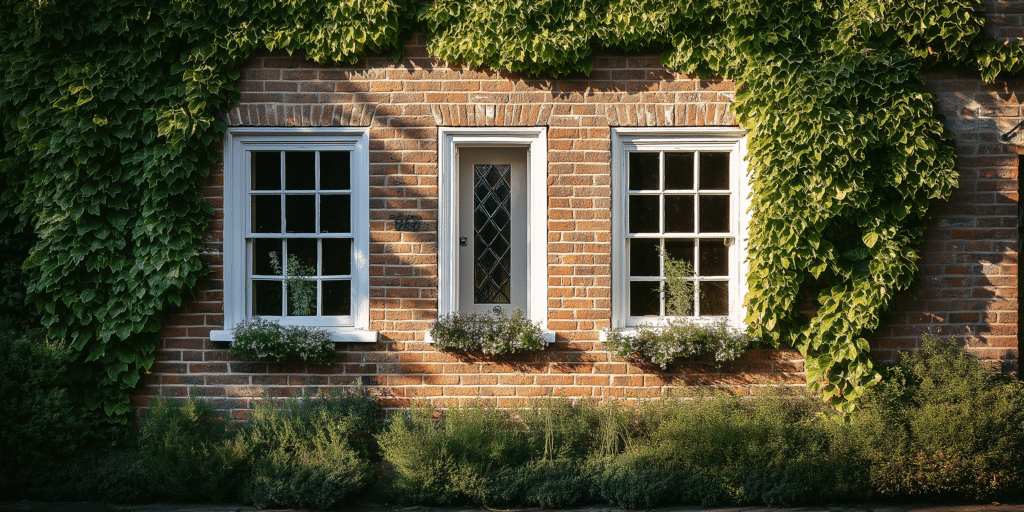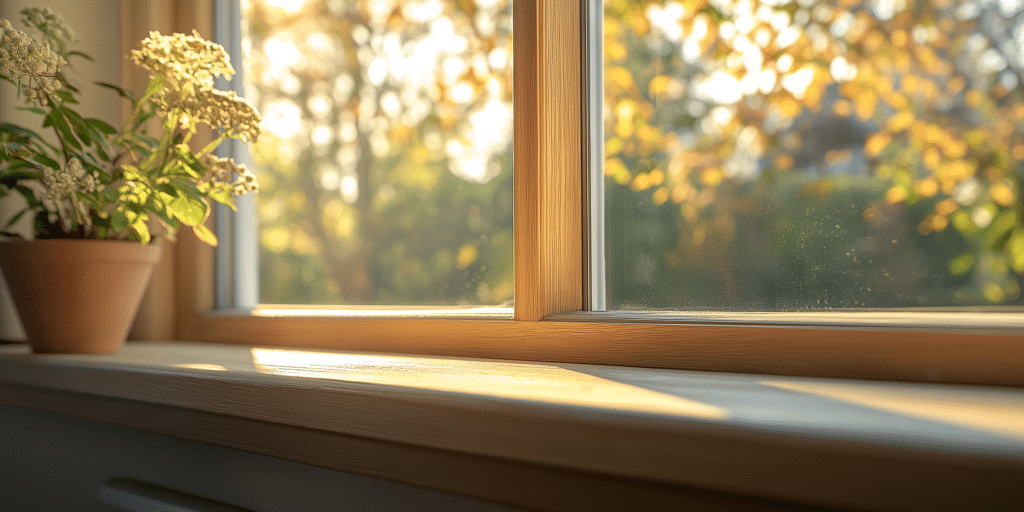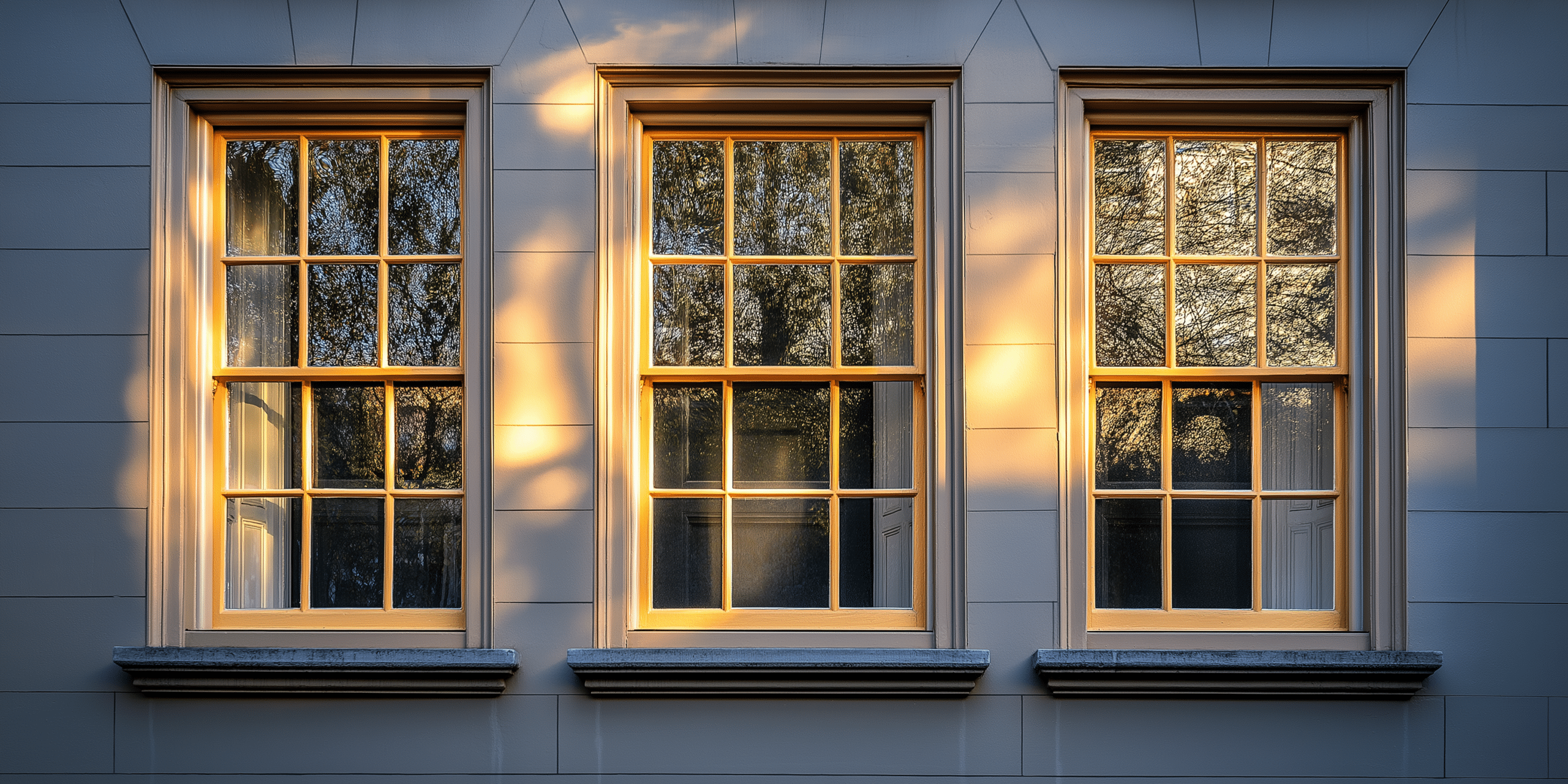
Sash window tilt buttons, sometimes referred to as tilt clips, are innovative mechanisms that enhance the functionality and maintenance of traditional sash windows. These devices allow the window sashes to tilt inward, offering easier access for cleaning the window’s interior and exterior surfaces. By integrating this feature, homeowners can reduce the complexity of cleaning while preserving the window’s aesthetic and structural integrity, especially in historic buildings such as Grade II listed properties.
Tilt buttons are designed to be minimally invasive, ensuring they can be integrated into both modern sash windows and those found in historically significant properties. This makes them ideal for retrofitting period properties where aesthetic preservation is crucial.
Recent data shows that retrofitting tilt buttons has increased by 25% in conservation areas due to their ability to combine modern convenience with historical accuracy.
Installing tilt buttons or clips in sash windows is essential for reducing wear and tear while improving usability. These mechanisms facilitate easier cleaning and maintenance, helping to extend the window’s overall lifespan. Many older sash windows lack this feature, making them difficult to clean and maintain properly over time.
By allowing controlled and smooth operation, tilt buttons reduce the strain on the window’s frame, which is particularly important for older windows that may already show signs of wear. In fact, tilt mechanisms can reduce cleaning time by up to 40% and reduce the risk of damage during cleaning.
These devices are designed to be discreet, ensuring that they do not compromise the visual appeal of the window, particularly in historical or listed buildings.
There are several types available, including spring-loaded tilt buttons, friction-based clips, and push-fit mechanisms. Each type offers distinct advantages depending on the type of sash window in question. For instance, spring-loaded clips provide durability and responsive function, whereas friction-based clips are better suited to heavier, older sash windows requiring more control.
In historical buildings, noninvasive options like push-fit tilt mechanisms are often recommended to preserve the original structure of the window frame. For instance, Heritage Sash Windows Ltd. reports that its noninvasive tilt buttons have been successfully installed in 80% of its retrofit projects in listed buildings.

The installation process is relatively straightforward for those familiar with DIY tasks. It involves basic tools like a drill and screws to attach the tilt button or clip to the window sash. Proper positioning is essential for smooth operation, and using the manufacturer’s specifications ensures a precise fit.
Recent data shows that DIY installation of tilt buttons can reduce professional installation costs by up to 40%, making it a popular choice among homeowners
Tilt buttons provide several advantages, including easier cleaning, improved ventilation, and reduced maintenance needs. For example, windows with tilt mechanisms allow for easy cleaning of both sides of the glass without needing to fully open the window, reducing strain on the frame.
Tilt buttons can improve energy efficiency and increase the window’s lifespan by reducing wear on the sash frame during operation. Studies have shown that homes with tilt-in mechanisms enjoy 30% better ventilation efficiency.
Tilt buttons are highly versatile and can be installed on single-hung, double-hung, and Yorkshire light sash windows. Their flexibility makes them suitable for various window materials, including uPVC, wood, and aluminium.
Whether the windows are made from uPVC, wood, or aluminium, tilt buttons are designed to blend seamlessly with the window’s material and aesthetic. This versatility makes tilt buttons a practical choice for both modern and historical windows.

Tilt buttons are low-maintenance, though an annual inspection is recommended to ensure they continue to function correctly. Over time, screws may loosen, or dirt can accumulate in the mechanism, affecting performance.
Maintenance involves tightening screws, cleaning the mechanism, and applying lubricant if needed. This keeps the tilt function operating smoothly and prevents any long-term issues from arising.
Misalignment, difficulty tilting, and wear over time are common issues. These problems are usually straightforward to fix by adjusting the alignment or replacing worn parts.
Alignment issues are often solved by simply unscrewing and repositioning the tilt button. Cleaning and lubricating the mechanism can also help if the tilt function is stiff.
Sash windows in period homes can be retrofitted with tilt buttons, allowing for modern functionality without compromising the window’s historical integrity. Tilt buttons designed for retrofitting are minimally invasive and do not require significant modification to the window frame, ensuring the window’s original structure remains intact.

Tilt buttons are designed to be small and discreet, often available in various finishes to match the window frame. This ensures they do not disrupt the appearance of heritage properties.
Manufacturers offer tilt buttons in finishes such as antique brass and polished chrome to ensure they blend seamlessly with various sash window styles.
For those who prefer not to use tilt buttons, alternatives like removable sash systems and hinged windows are available. These alternatives can provide similar benefits but may require more extensive modifications.
While removable sash systems and hinged windows are useful, tilt buttons offer a simpler, less invasive solution that maintains the window’s structure.
For homeowners looking to improve the usability and longevity of their sash windows, tilt buttons are certainly worth considering. They provide an efficient means of cleaning and maintaining windows, can increase energy efficiency, and help preserve the window’s structural integrity over time.
Homeowners can enhance their properties’ practicality and market appeal by installing modern features like tilt buttons, especially in heritage homes. Experts estimate that properties with upgraded sash windows may see a value increase of up to 5% due to improved functionality and energy efficiency.
Tilt buttons improve sash windows’ usability and energy efficiency, offering long-term benefits that outweigh the initial cost, making them a valuable addition to any property.




